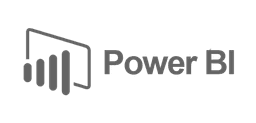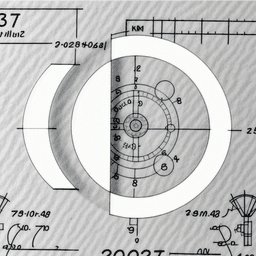Synthetic Respiratory Symptoms Dataset
Patient Health Records & Digital Health
Related Searches
Trusted By




"No reviews yet"
£199.99
About
The Synthetic Respiratory Symptoms Dataset is created for educational and research use to analyze associations between respiratory symptoms, underlying diseases, treatment types, and the severity of the condition. This synthetic dataset helps simulate real-world scenarios involving respiratory illnesses while ensuring privacy compliance through full anonymization.
Dataset Features
- Symptoms: Descriptions of reported respiratory symptoms (e.g., yellow cough, chest congestion).
- Age: Age of the individual (in years).
- Sex: Biological sex of the individual (Male/Female).
- Disease: Diagnosed respiratory condition (e.g., Mesothelioma, bronchitis).
- Treatment: Medical intervention applied (e.g., Chemotherapy, Antibiotic, or none).
- Nature: Severity of the case (e.g., low, medium, high).
Distribution


Usage
This dataset can be used for the following applications:
- Respiratory Disease Research: Study the correlation between symptoms, severity, and diagnosed diseases in synthetic patients.
- Predictive Modelling: Train machine learning models to predict disease types or severity based on symptoms and demographic data.
- Clinical Insights: Analyse how different symptoms align with specific respiratory conditions and the common treatments used.
- Educational Purposes: Serve as a teaching tool for learners and educators in public health, respiratory medicine, and medical data science.
Coverage
This synthetic dataset is fully anonymised and complies with modern data privacy standards. It incorporates a diverse array of symptom profiles, diseases, and treatments relevant to respiratory illnesses, enabling a broad range of analytical and educational applications.
License
CC0 (Public Domain)
Who Can Use It
- Medical Researchers: To investigate symptom-disease-treatment relationships in respiratory medicine.
- Pulmonologists and Healthcare Professionals: To explore treatment trends and symptom patterns in respiratory conditions.
- Data Scientists and Machine Learning Engineers: To build and evaluate predictive models for diagnosis or severity classification.
- Educators and Students: As a practice dataset for courses in health data analytics and medical informatics.
